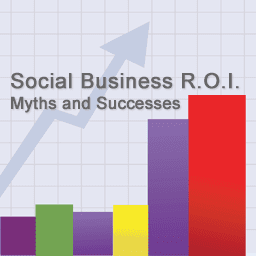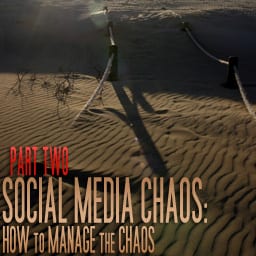Social Business ROI: Myths and Successes
Facebook is the 850 pound gorilla of social media. With over 850 million active users, Facebook is rapidly closing in on being used by one in every seven people on the planet. From subsistence farmers in rural Africa accessing Facebook on their mobile phones, to tweeting protestors in the Middle East, to grandmothers living in…





